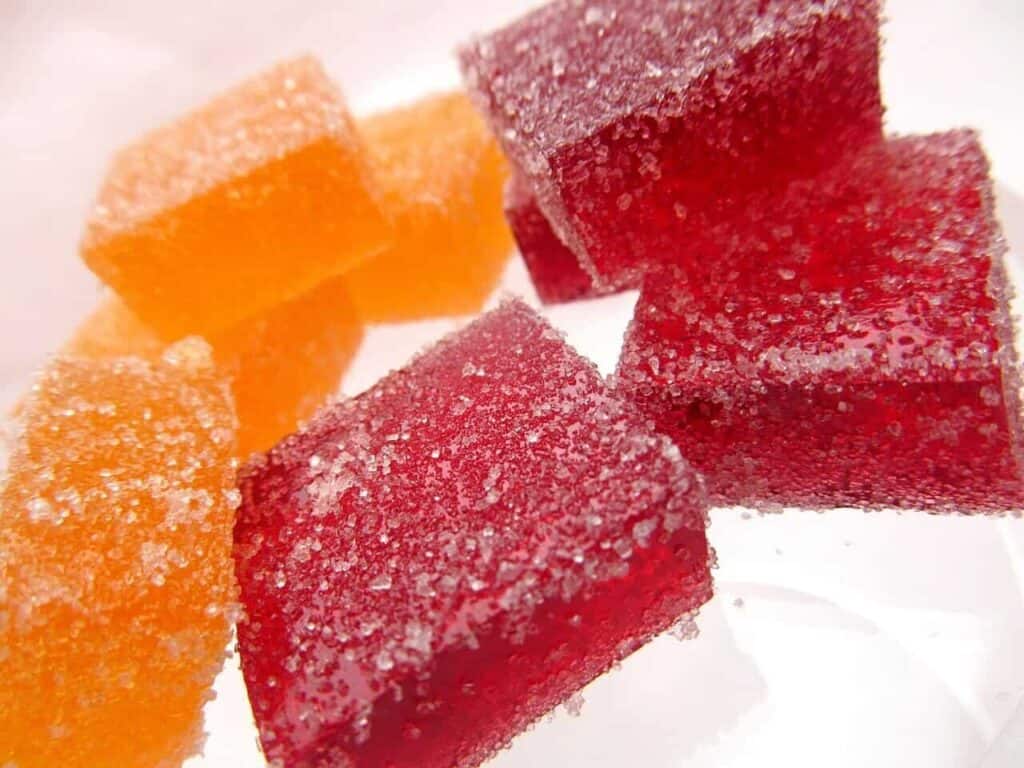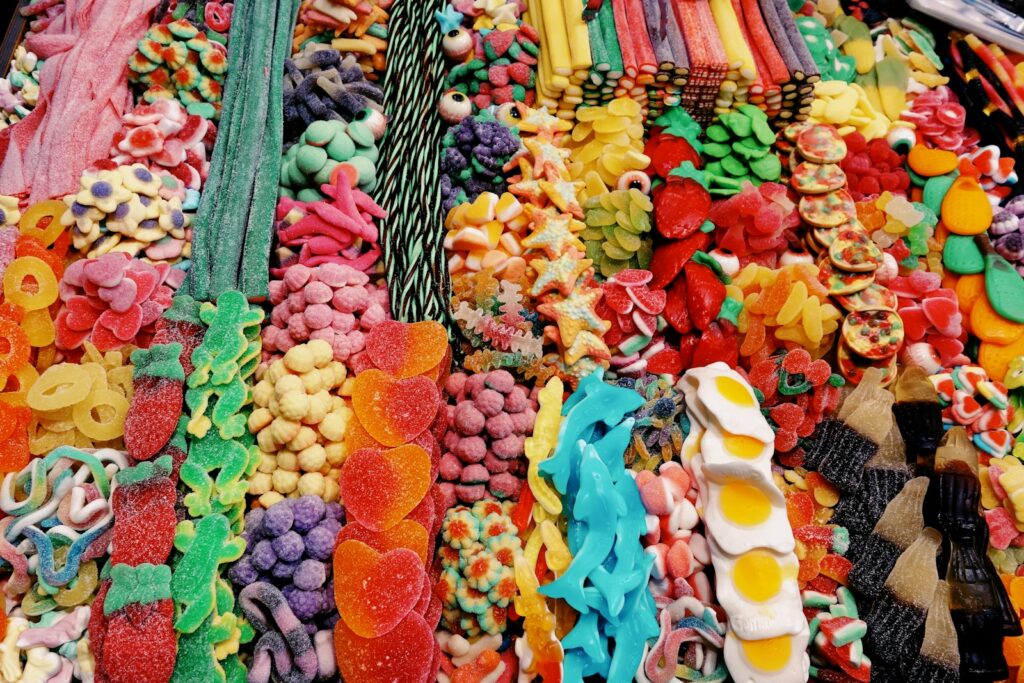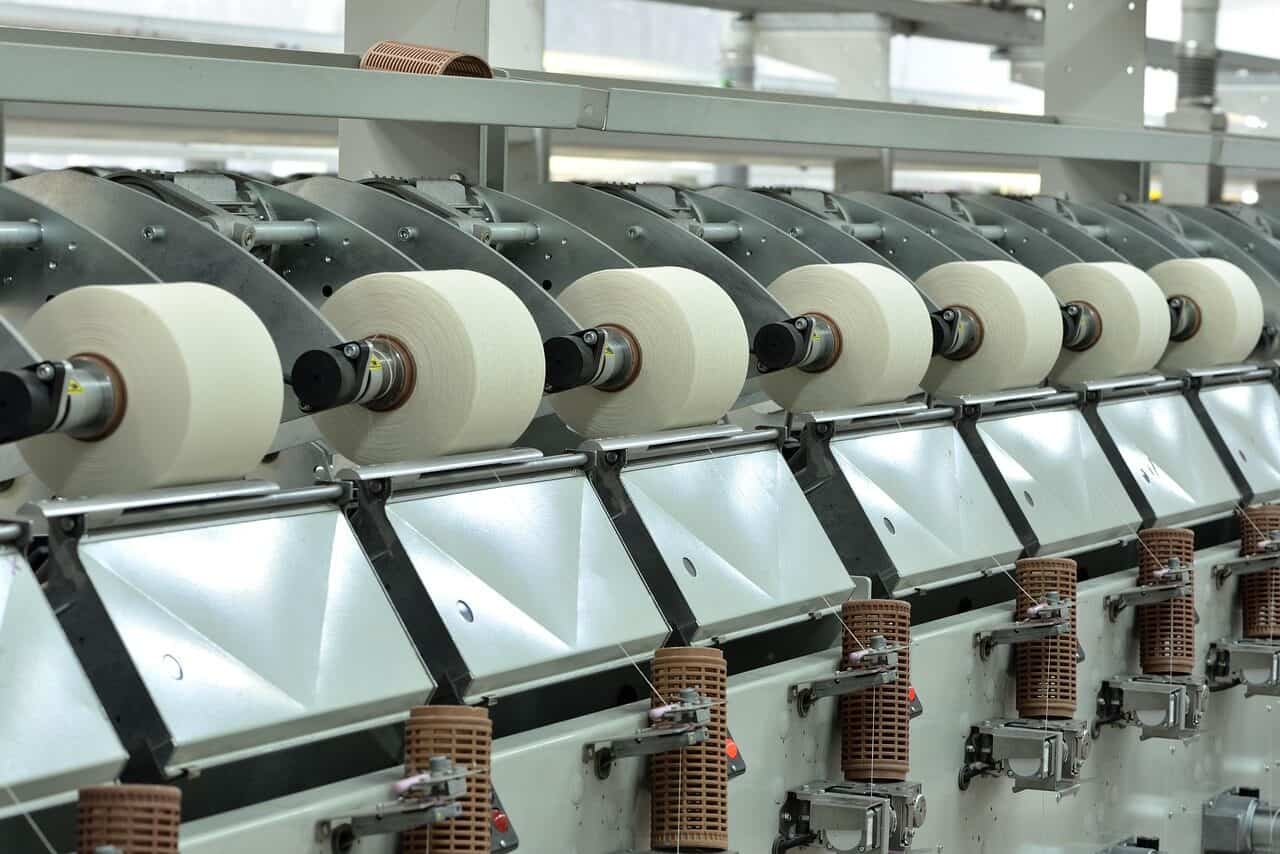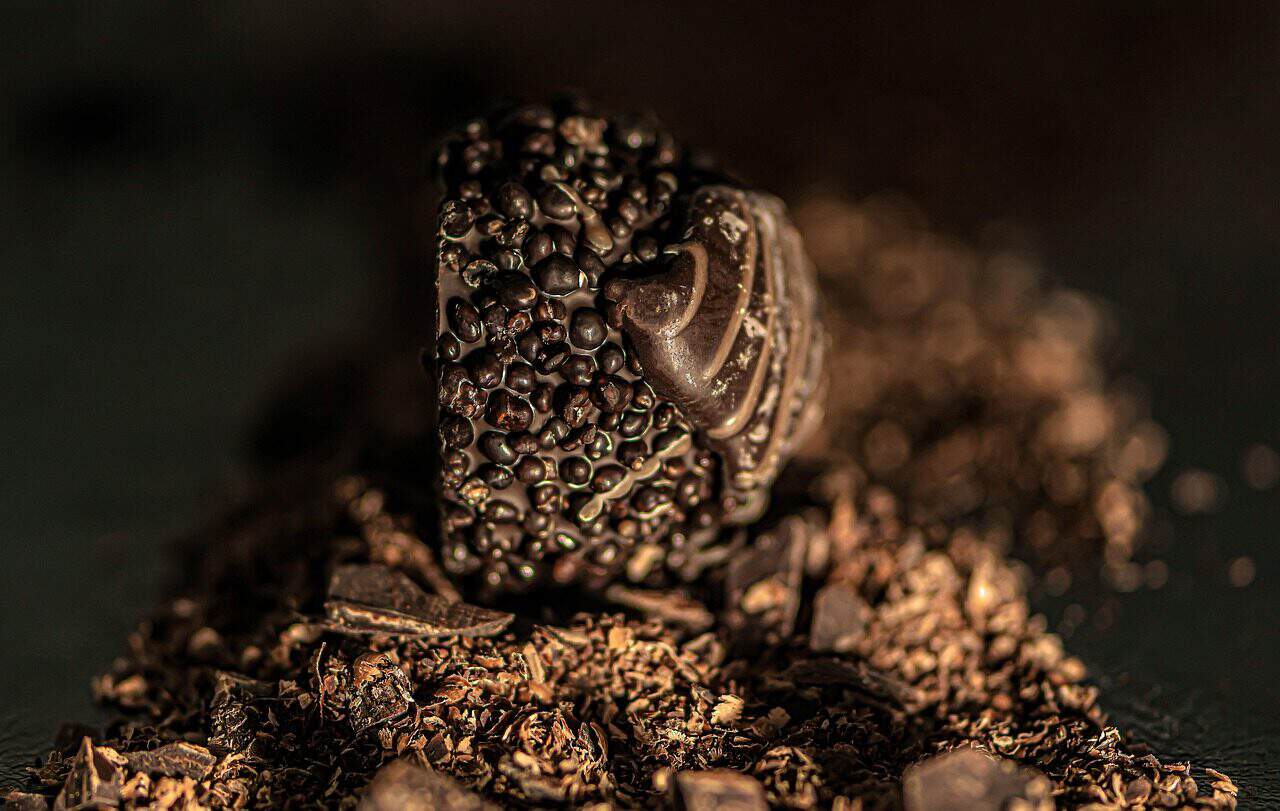Скрытая наука: Как упакованная хлопковая конфета остается свежей
Сохранить свежесть сахарной ваты в пакете - это не просто поместить ее в упаковку.
На самом деле это сложная задача, для решения которой требуются продвинутые
материаловедение
и тщательный экологический контроль. Главная проблема? Сахарная вата Структура естественным образом впитывает влагу из воздуха.
Когда компании успешно упаковывают сахарную вату в пакет, они создают практически идеальную защиту от внешней среды.
Это позволяет сохранить нежность и пушистость продукта. форма в первозданном виде с завода вплоть до того, как вы его съедите.
Вызов нежному угощению
Хлопок конфеты сделаны крошечных некристаллических волокон сахара, которые недолго сохраняются.
Его большая, воздушная структура - вот что делает его особенным. Но это же легкое, пушистое свойство делает его чрезвычайно уязвимым к изменениям окружающей среды.
Главная проблема: коллапс
Некоторые вещества естественным образом притягивают и удерживают молекулы воды из окружающего их воздуха.
Сахар справляется с этой задачей очень хорошо. Главная техническая задача при укладке сахарной ваты в пакет - создать барьер, через который не может проникнуть водяной пар.
Без этого защитного барьера сахарные волокна быстро впитывают влагу.
Это вызывает процесс, при котором сахар меняет форму, и конструкция разрушается.
Ваше пушистое лакомство превратится в плотное, липкое месиво.
Наш план анализа
Мы разберем эту инженерную задачу шаг за шагом.
Сначала мы рассмотрим основы физики сахара-песка. Затем мы погрузимся в науку о барьерной упаковке.
Мы изучим методы активного консервирования и закончим методами контроля качества, которые определяют срок хранения.
Основы физики: Почему хлопковая конфета рассыпается
Чтобы решить эту проблему, сначала нужно понять, почему материал сам по себе нестабилен.
То же самое процесс создания сахарной ваты также делает его хрупким с научной точки зрения. Он постоянно борется с законами физики.
Аморфная и кристаллическая структура
Когда сахар нагревают и вращают, он плавится, а затем охлаждается так быстро, что молекулы сахарозы не успевают упорядочиться.
в упорядоченном, стабильном виде. Вместо этого они застывают в случайном, беспорядочном состоянии.
Это создает то, что ученые называют
аморфная или стеклообразная структура.
Подумайте о разнице между кристаллом кварца с его идеально упорядоченным молекулярным узором и обычным стеклом, в котором молекулы расположены беспорядочно.
Хлопковая конфета - это, по сути, огромная паутина из сахарного стекла.
Как работает переход стекла
Каждое аморфное твердое вещество имеет температуру стеклования (Tg).
Это критическая температура, при которой материал переходит из твердого, стеклообразного состояния в более мягкое, гибкое и липкое.
Вода действует как мощный пластификатор для сахара. Это означает, что присутствие воды резко снижает Tg.
Чистая сухая сахароза имеет Tg около 60-70°C. Однако поглощение даже небольшого количества воды из воздуха может снизить Tg до уровня ниже комнатной температуры.
Как только Tg опускается ниже температуры вокруг, молекулы сахара могут двигаться более свободно.
Стекловидные волокна становятся мягкими, теряют свою структуру и начинают слипаться. Это приводит к быстрому разрушению.
Почему коллапс неизбежен: Дестабилизирующие факторы
- Влажность (водяной пар): Главный враг. Водяной пар выступает в роли пластификатора, который запускает процесс стеклования при комнатной температуре.
- Температура: Высокая температура увеличивает скорость впитывания влаги и помогает молекулам двигаться быстрее.
- Давление: Физическое сдавливание при транспортировке или обработке может привести к разрушению нежных волокон.
Разработанное решение: Передовая упаковка
Ответ на вопрос о нестабильности сахарной ваты кроется почти полностью в ее упаковке.
Это не просто сумка. Это инженерная барьерная система, разработанная с учетом особых свойств материала, чтобы создать внутри чрезвычайно сухую среду.
Самая важная собственность
Самым важным показателем для мешка со сладкой ватой является его
Коэффициент пропускания водяных паров (WVTR).
Это число, называемое также коэффициентом пропускания паров влаги (MVTR), показывает, сколько водяных паров может пройти через определенную площадь пленки за определенный период времени.
Как работают высокобарьерные пленки
Обычные пакеты для продуктов, которые вы покупаете в магазине, не подойдут.
Для упаковки сахарной ваты используются современные многослойные пленки. Каждый слой выполняет определенную работу.
Одна из ключевых технологий использует
металлизированные пленки.
Микроскопический слой алюминия наносится на полимерную основу, например PET или OPP.
Этот ультратонкий металлический слой значительно снижает как WVTR, так и OTR.
Распространенные пластмассы и их применение
| Полимер | Полное имя | Роль в структуре | Основные свойства |
|---|---|---|---|
| ПЭТ | Полиэтилентерефталат | Внешний слой | Четкость, жесткость, поверхность отпечатков. |
| OPP | Ориентированный полипропилен | Внешний/внутренний | Влагонепроницаемый барьер, низкая стоимость. |
| PE | Полиэтилен | Слой герметика | Термоуплотнение, гибкость, плохой барьер. |
| EVOH | Этиленвиниловый спирт | Основной барьер | Отличный кислородный барьер, слабое увлажнение. |
| MET-PET | Металлизированный ПЭТ | Основной барьер | Отличный барьер, непрозрачный. |
За пределами сумки: Активные методы консервации
Высокобарьерная пленка обеспечивает пассивную защиту.
Коммерческое производство идет дальше по пути сохранения, используя
активные технологии
которые контролируют окружающую среду внутри пакета, когда он запечатан.
Контроль над воздушным пространством
Воздух, попавший внутрь упаковки при запечатывании, называется воздушным пространством.
Если в воздухе содержится влага, изделие не будет работать с самого начала, каким бы качественным ни был мешок.
Упаковка в модифицированной атмосфере
Наиболее эффективным способом контроля над воздушным пространством является упаковка в модифицированной атмосфере (MAP).
Это предполагает активное изменение газового состава внутри упаковки.
Влагопоглотители: Более простой вариант?
Альтернативный или дополнительный метод включает в себя упаковку влагопоглотителя, безопасного для пищевых продуктов.
Эти небольшие пакеты содержат такие материалы, как силикагель или молекулярные сита, которые активно поглощают остатки влаги внутри герметичной упаковки.
Процесс коммерческой герметизации
Наконец, барьер прочен лишь настолько, насколько прочно его самое слабое место - уплотнитель.
В коммерческих упаковочных линиях используется высокоточное тепловое запечатывание.
Контроль качества и испытания на срок годности
Создание продукта, пригодного для хранения, требует строгой системы проверки и контроля качества.
Мы должны протестировать систему упаковки, чтобы убедиться, что она работает так, как задумано, и установить надежную дату "годности".
Ускоренное испытание на срок годности
Ждать несколько месяцев, чтобы убедиться, что продукт не удался, нецелесообразно.
Вместо этого мы используем ускоренные испытания на срок годности.
Упакованный продукт помещается в камеру с контролируемыми условиями.
Испытание уплотнений и обнаружение утечек
Крошечный дефект в уплотнении может разрушить всю систему. Мы используем несколько методов проверки целостности уплотнений.
Общие проблемы
Для устранения неисправностей требуется связать симптом с его технической причиной.
* **Проблема:** Ранний коллапс в сумке.
* * *Техническая причина:* Это указывает на нарушение барьера. Это могут быть крошечные отверстия в пленке при обращении, нарушение целостности уплотнения при неправильной герметизации или партия, упакованная в условиях повышенной влажности.
* **Проблема:** Продукт липнет при открытии.
* * *Техническая причина:* Продукт со временем впитал влагу. Это говорит о том, что WVTR выбранной пленки слишком высок для предполагаемого срока хранения или климата, в котором она продается.
* **Проблема:** Мешки теряют свою "пухлость".
* * *Техническая причина:* Это указывает на потерю азотной промывки. Причиной являются либо медленные утечки в уплотнении упаковки (крошечные утечки), либо естественное, постепенное движение газа азота наружу через сам материал пленки в течение длительного периода времени.














